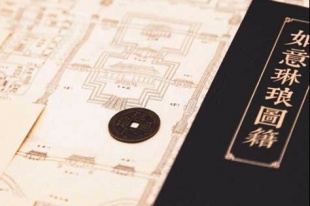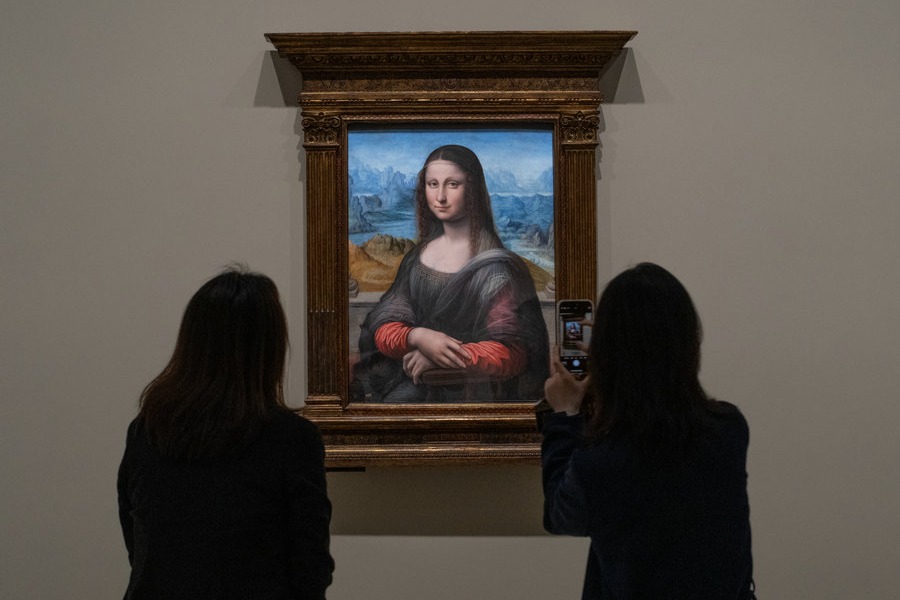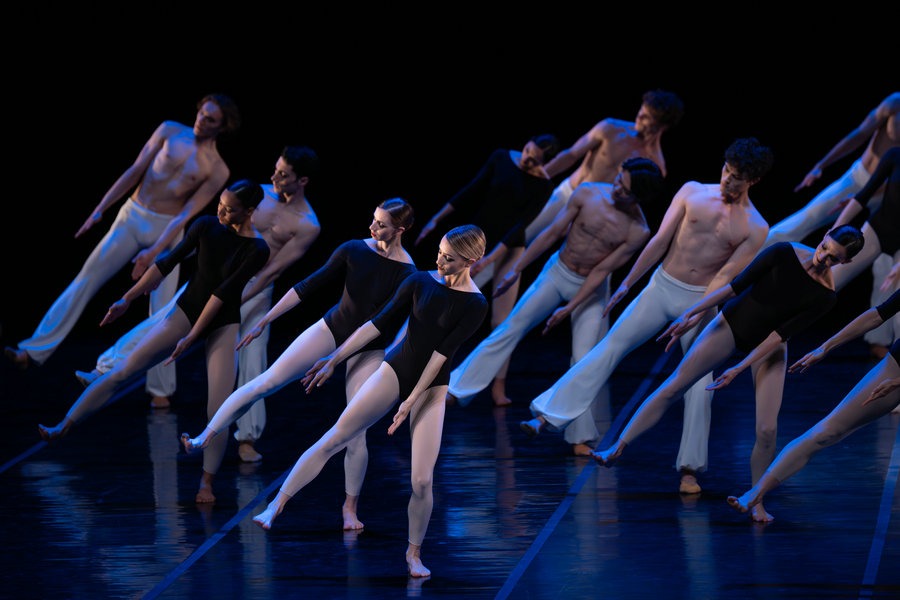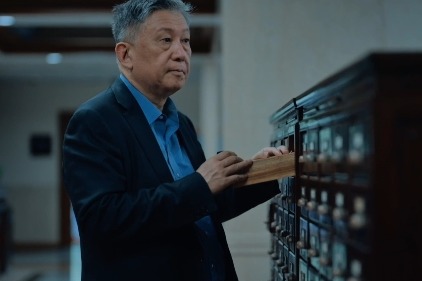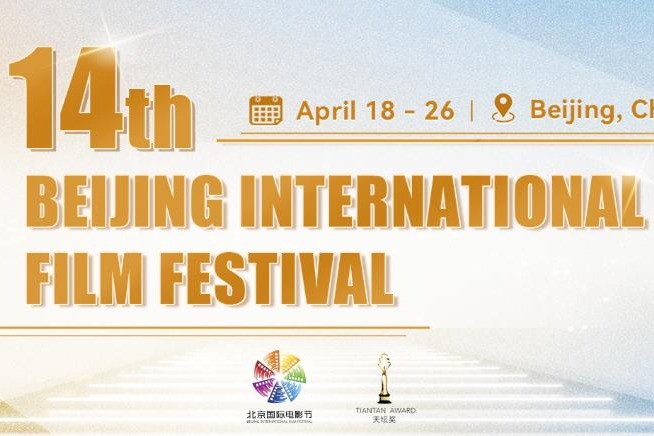Palace Museum to launch puzzle-solving game book

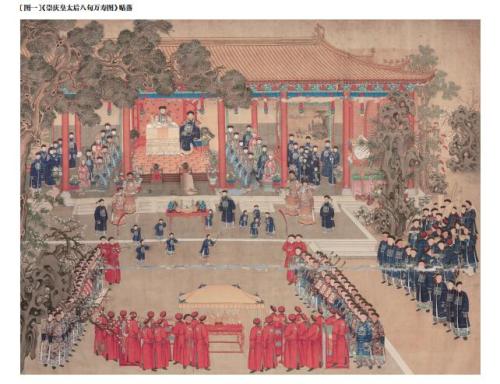
Full of innovation
Xu Aolin, who designed the games in Migong: Ruyi Linlang Tuji, said he clearly remembers where the project unfolded.
"We were walking around and came across a painting. Wang Zhiwei from the publishing house then introduced it to us."
The painting was Eightieth Longevity Picture of Empress Dowager Chongqing painted during the 36th year of reign of Qianlong in celebration of the 80th birthday of Empress Dowager Chongqing.
"We then thought whether we could create a game plot based on this painting," Xu added. He later discovered Zhou Ben, who was one of the three painters that worked on the painting, and set the framework of the story.
There are little historical records on Zhou, which conveniently gave enough space for imagination during the process of creation.
There are more than 30 interlocking missions in the game, and many are closely related to this painting.
"The protagonist in the game needs to complete this painting. To do so, you need to understand the court allusions and rules. This gives people living today a channel to get to know the Forbidden City better," said Wang Zhiwei, one of the authors and historical editorial director at the publishing house.
One innovative feature of Migong: Ruyi Linlang Tuji is the unique decoding experience from reading the book and participating in online games. Readers can flip through pages while play the part of the protagonist more realistically through their smart phones.
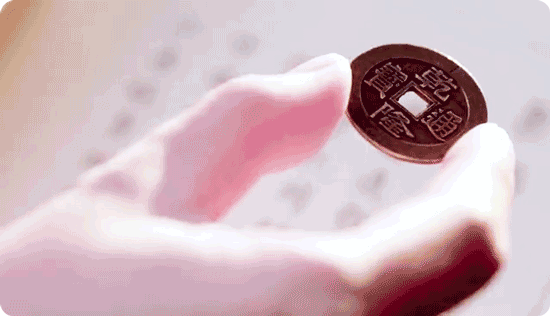
Other props that help the readers get into the scene include a copper coin, which mimics those actually used during the Qing Dynasty, transparent sheets of paper to overlap certain pages to give more hints, and much more.
"There are many historical details hidden in the book. We will not say where, and hopefully readers can discover them themselves with close attention," added Wang.
"We used a lot of traditional Chinese elements in the design," said Xu, "including palatial paintings, architecture, history, theatrical art and even chess scores, so as to provide more ways to understand history while playing the game."


